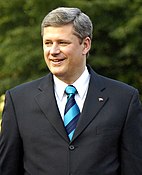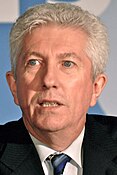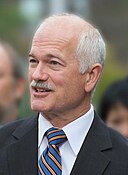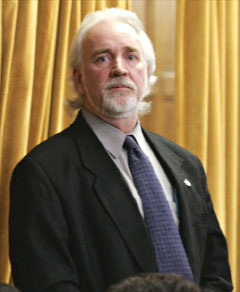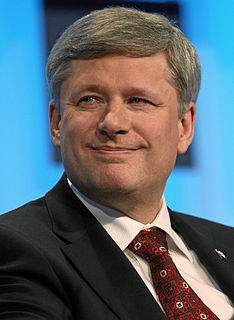| |||||||||||||||||||||||||||||||||||||||||||||||||||||||||||||||||||||||||||||
308 seats in the 38th Canadian Parliament 155 seats needed for a majority | |||||||||||||||||||||||||||||||||||||||||||||||||||||||||||||||||||||||||||||
|---|---|---|---|---|---|---|---|---|---|---|---|---|---|---|---|---|---|---|---|---|---|---|---|---|---|---|---|---|---|---|---|---|---|---|---|---|---|---|---|---|---|---|---|---|---|---|---|---|---|---|---|---|---|---|---|---|---|---|---|---|---|---|---|---|---|---|---|---|---|---|---|---|---|---|---|---|---|
| Opinion polls | |||||||||||||||||||||||||||||||||||||||||||||||||||||||||||||||||||||||||||||
| Turnout | 60.9% ( | ||||||||||||||||||||||||||||||||||||||||||||||||||||||||||||||||||||||||||||
| |||||||||||||||||||||||||||||||||||||||||||||||||||||||||||||||||||||||||||||
 Popular vote by province, with graphs indicating the number of seats won. As this is an FPTP election, seat totals are not determined by popular vote by province but instead via results by each riding. | |||||||||||||||||||||||||||||||||||||||||||||||||||||||||||||||||||||||||||||
| |||||||||||||||||||||||||||||||||||||||||||||||||||||||||||||||||||||||||||||


The Canadian federal election, 2004 (more formally, the 38th General Election), was held on June 28, 2004, to elect members of the House of Commons of Canada of the 38th Parliament of Canada. The Liberal government of Prime Minister Paul Martin lost its majority, but was able to form a minority government after the elections. The main opposition party, the newly amalgamated Conservative Party of Canada, improved its position but with a showing below its expectations.

The House of Commons of Canada is a component of the Parliament of Canada, along with the Sovereign and the Senate. The House of Commons currently meets in a temporary Commons chamber in the West Block of the parliament buildings on Parliament Hill in Ottawa, while the Centre Block, which houses the traditional Commons chamber, undergoes a ten-year renovation.

The 38th Canadian Parliament was in session from October 4, 2004 until November 29, 2005. The membership was set by the 2004 federal election on June 28, 2004, and it changed only somewhat due to resignations and by-elections, but due to the seat distribution, those few changes significantly affected the distribution of power. It was dissolved prior to the 2006 election.

Canada is a country in the northern part of North America. Its ten provinces and three territories extend from the Atlantic to the Pacific and northward into the Arctic Ocean, covering 9.98 million square kilometres, making it the world's second-largest country by total area. Canada's southern border with the United States is the world's longest bi-national land border. Its capital is Ottawa, and its three largest metropolitan areas are Toronto, Montreal, and Vancouver. As a whole, Canada is sparsely populated, the majority of its land area being dominated by forest and tundra. Consequently, its population is highly urbanized, with over 80 percent of its inhabitants concentrated in large and medium-sized cities, many near the southern border. Canada's climate varies widely across its vast area, ranging from arctic weather in the north, to hot summers in the southern regions, with four distinct seasons.
Contents
- National results
- Vote and seat summaries
- Results by province
- 10 closest ridings
- Seat by seat results
- Notes
- Major political parties
- Liberal Party of Canada
- Conservative Party of Canada
- New Democratic Party
- Bloc Québécois
- Green Party of Canada
- Campaign slogans
- Issues
- Accusations of Stephen Harper trying to form a coalition government
- Policy positions of minor political parties
- Timeline
- Leadership elections of 2003 and 2004
- Poll results
- See also
- References
- External links
On May 23, 2004, Governor General Adrienne Clarkson, on the advice of Martin, ordered the dissolution of the House of Commons. Following a 36-day campaign, voters elected 308 Members of the House of Commons.

The Governor General of Canada is the federal viceregal representative of the Canadian monarch, currently Queen Elizabeth II. The person of the sovereign is shared equally both with the 15 other Commonwealth realms and the 10 provinces of Canada, but resides predominantly in her oldest and most populous realm, the United Kingdom. The Queen, on the advice of her Canadian prime minister, appoints a governor general to carry out most of her constitutional and ceremonial duties. The commission is for an unfixed period of time—known as serving at Her Majesty's pleasure—though five years is the normal convention. Beginning in 1959, it has also been traditional to rotate between anglophone and francophone incumbents—although many recent governors general have been bilingual. Once in office, the governor general maintains direct contact with the Queen, wherever she may be at the time.

Adrienne Louise Clarkson is a Hong Kong-born Canadian journalist and stateswoman who served as Governor General of Canada, the 26th since Canadian Confederation.
All three major national parties had changed their leaders since the 2000 election. Earlier the election was widely expected to be a relatively easy romp for Martin to a fourth consecutive Liberal majority government, but early in 2004 Liberal popularity fell sharply due to the sponsorship scandal. Polls started to indicate the possibility of a minority government for the Liberals, or even a minority Conservative government, fuelling speculation of coalitions with the other parties. In the end, the Liberals fared better than the final opinion polls had led them to fear, but well short of a majority.
A minority government, or minority cabinet or minority parliament, is a cabinet formed in a parliamentary system when a political party or coalition of parties does not have a majority of overall seats in the parliament. It is sworn into office, with or without the formal support of other parties, to enable a government to be formed. Under such a government, legislation can only be passed with the support of enough other members of the legislature to provide a majority, encouraging multi-partisanship. In bicameral parliaments, the term relates to the situation in chamber whose confidence is considered most crucial to the continuance in office of the government.
A coalition government is a cabinet of a parliamentary government in which multiple political parties cooperate, reducing the dominance of any one party within that "coalition". The usual reason for this arrangement is that no party on its own can achieve a majority in the parliament. A coalition government might also be created in a time of national difficulty or crisis to give a government the high degree of perceived political legitimacy or collective identity it desires while also playing a role in diminishing internal political strife. In such times, parties have formed all-party coalitions. If a coalition collapses, a confidence vote is held or a motion of no confidence is taken.
On election day, polling times were arranged to allow results from most provinces to be announced more or less simultaneously, with the exception of Atlantic Canada, whose results were known before the close of polling in other provinces due to the British Columbia Supreme Court's decision in R. v. Bryan .
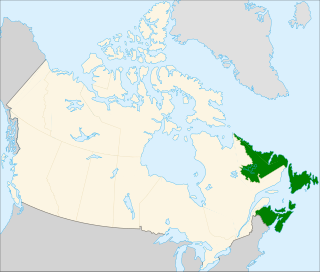
Atlantic Canada, also called the Atlantic provinces, is the region of Canada comprising the four provinces located on the Atlantic coast, excluding Quebec: the three Maritime provinces – New Brunswick, Nova Scotia, and Prince Edward Island – and the easternmost province of Newfoundland and Labrador. The population of the four Atlantic provinces in 2016 was about 2,300,000 on half a million km2. The provinces combined had an approximate GDP of $121.888 billion in 2011.

